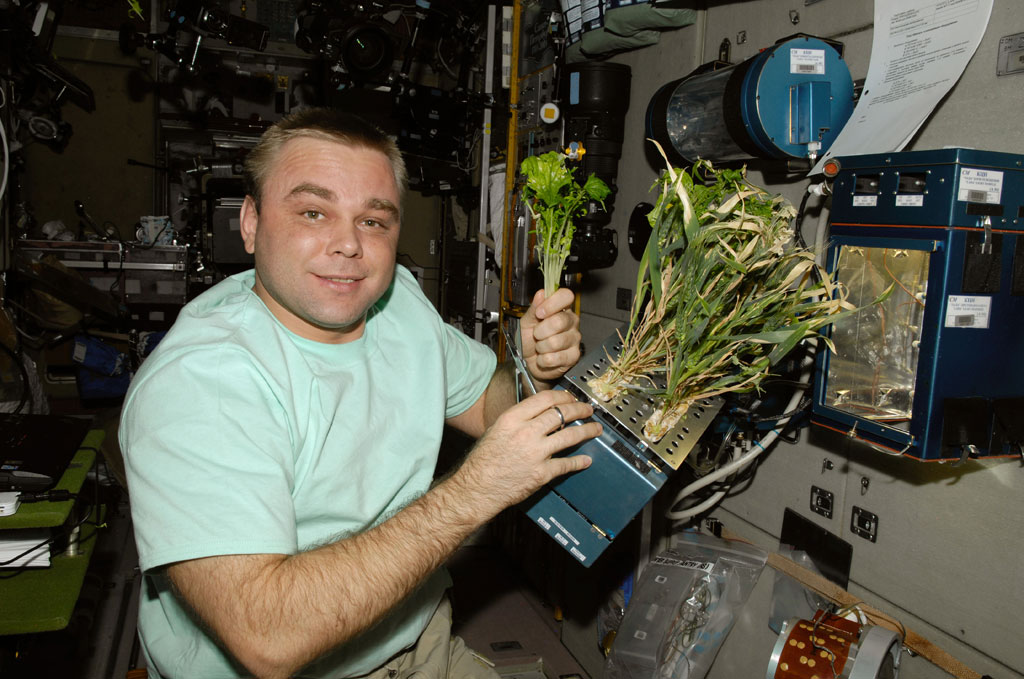
All week, we’ve been hearing fascinating tales from the Humans to Mars Conference, and we’re pretty much kicking ourselves for not having booked out own tickets months ago.
One big reason for that is conference attendees are getting to hear firsthand about NASA’s big plans for Mars, including its ideas for long-term manned missions in the 2030s.
For example, NASA researchers revealed that one of the agency’s bigger concerns is how it plans to feed the first astronauts who call Mars their home.
To grow plants on Mars, you have to first think about light, air pressure, carbon dioxide, water, and a host of other environmental factors.
“In terms of the systems engineering required, it’s not an insignificant challenge,” said NASA life sciences director D. Marshall Porterfield at the conference.
Other researchers noted the need for pressure-inflated greenhouses, but since any such structures will block out sunlight — an already scarce resource on Mars — other lighting sources will have to take the sun’s place. Porterfield noted that NASA is considering using LED light sources for growing food on Mars.
As NASA plans for its first manned missions to Mars, its scientists are realizing that to make it worth the substantial cost of shipping greenhouses, lighting, and other necessary equipment to the red planet, the missions need to be very long in duration — as long as 15 or even 20 years.
A duration of that nature makes the Mars One-style one-way-trip option seem even less crazy.
Image credit: NASA
Hat tip: Space.com

